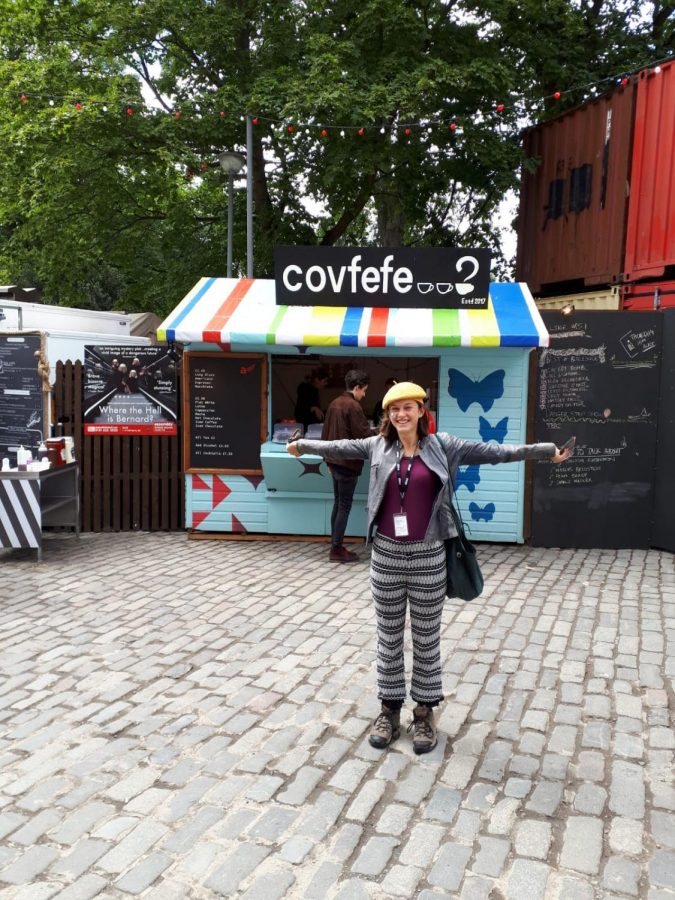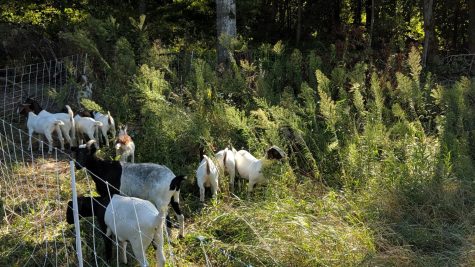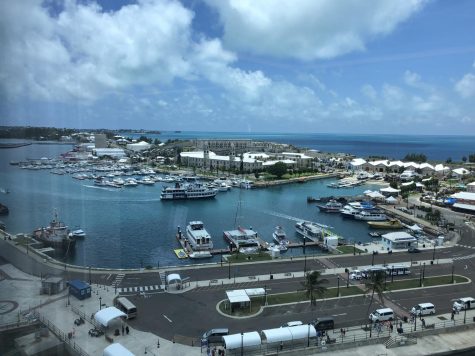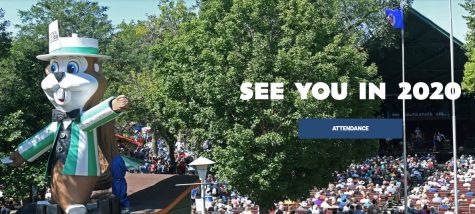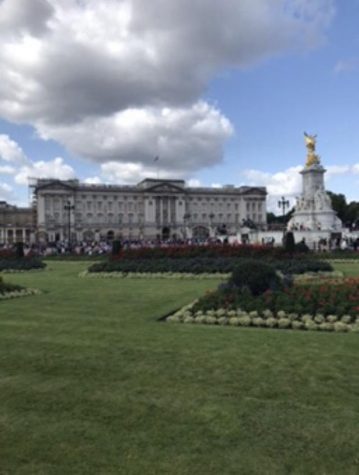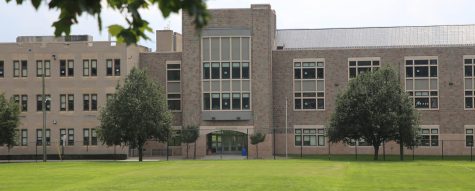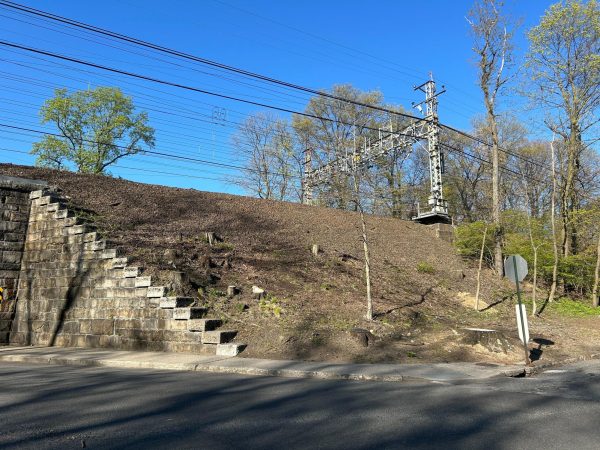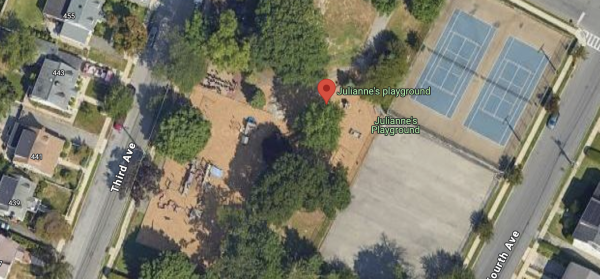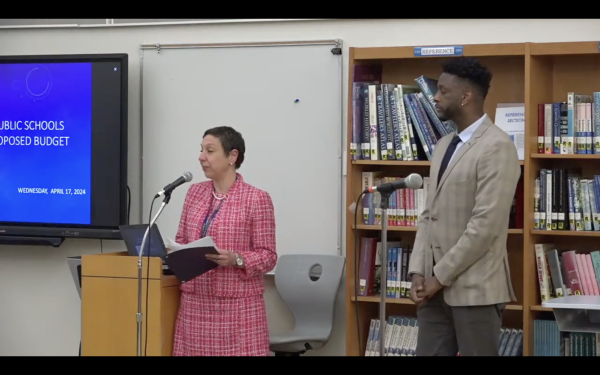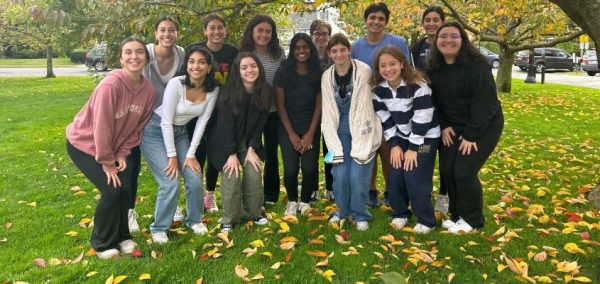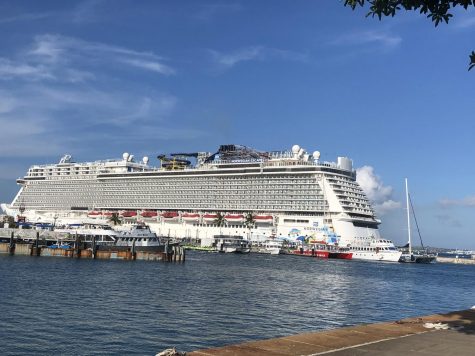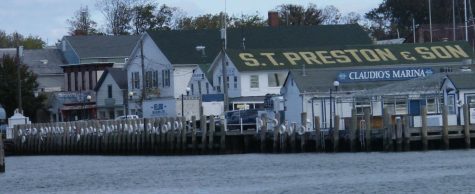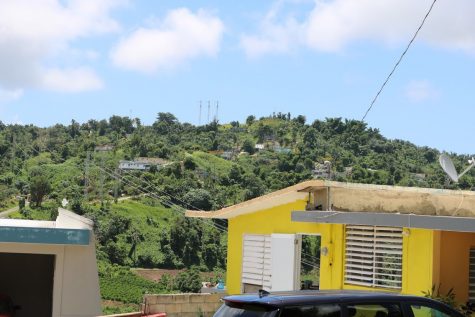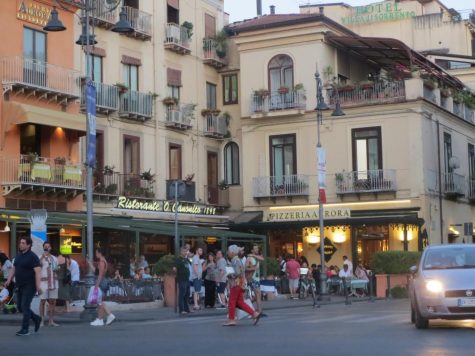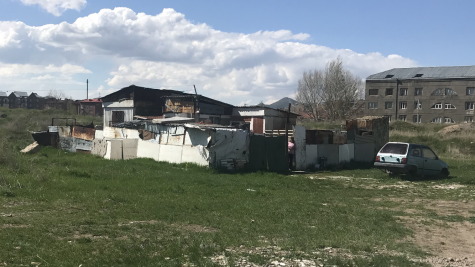What to see when in middle of Edinburgh’s Fringe festival? Everything or bust
EDINBURGH, Scotland — “Two-for-one flyer! Four five-star reviews! Three-thirty show just across the way in the Assembly Theatre, Studio One!”
The barkers called out their pitches for different productions.
Three thousand shows. Three hundred venues. Two hundred sixty-four square kilometers of city. Every August, every year, since 1947. This is the Fringe.
Eight groups denied slots by the newly formed Edinburgh International Festival performed in protest on the fringe of the first festival. This originated the annual Fringe, the largest arts festival in the world. The most popular of Great Britain’s hundreds of summer arts fests, the Fringe brings an audience of nearly three million to the Scottish capital each year to see thousands of performers from around the globe. The Fringe is home to shows of every variety, some astounding, some dreadful, some better than you could see on the stages of Broadway, the West End, the Maryinsky or the Met. Some shows you can’t even believe.
The experience of being in Edinburgh during the Fringe is like no other on earth. The black, steel railings and telephone boxes lining the sharp descent of the city streets are plastered with colorful posters and flyers depicting, among others, a one-woman musical about overcoming a life of addiction and imprisonment, a drag show mocking the failures of Brexit and a circus act from Australia with three women from three generations. Entire walls are hidden under advertisements for an all boys a cappella group from Oxford, a play about abortion told through the metaphor of squirrel infestations and a burlesque show with warnings of severe danger.
You head into town with little money and few plans and buy a £3 pair of hot, delicious vegetable samosas from a street vendor, only to be tapped on the shoulder and handed two free tickets by an earnest Irishman looking to get bums on seats for his wife’s 7:10 p.m. balloon show.
Walking along the main festival streets, visitors are badgered every few yards by men dressed as eighteenth-century admirals, women dressed as Amy Winehouse or children looking up with puppy-dog eyes, urging people take their flyers. The Royal Mile is one crowd around a street performer after another. Even on a side street, you step into a pub only to find a hidden chapel acting as a venue for slam poets with thick, Scottish accents rapping about the meaning of love. After that you enter a charity shop and stand next to a squat man in Tibetan monk robes, a man dressed as Donald Trump in hot pink leggings or a woman caked in makeup and black lace, donning a blood-stained corset.
You rush to meet friends at a show, looking around for Venue 8, called “The Box,” only to be ushered by a smiling Fringe volunteer into a actual box—a rectangle holding an 80-seat theater playing a musical by two Australians telling the story of their first year in London staying in a hipster warehouse with a dozen colorful roommates.
A Jane Austen-inspired improv show in a tent. A performance by 200 children in a three-hour long production of traditional Chinese theater, dance, and music in a octagonal performance hall. A 70mm screening of Dunkirk with surround sound in a century-old cinema. A photography exhibit in the Scottish Parliament buildings. A kid’s bubble show in a curtained Palais theater. A strip show involving twelve kilts and a trapeze in a room thick with the sweet air of alcohol.
That was the gist of the Edinburgh Fringe Festival experience I knew from several years in the audience. Or so I thought. Then I started working the Fringe.
First thing off the red-eye, I headed to a sound check, a promo event, was handed a stack of flyers and sheepishly offered them to the crowd exiting the theater. I was given a lanyard and a tag with a random name on it and led to a makeshift lounge full of staffers stapling new five-star reviews to their flyers.
Lunch was tuna pasta from Sainsbury’s and a pack of Quavers. Off to a dressing room—a converted University of Edinburgh classroom—shared by troupes warming up for a Hamilton spoof telling the story of Hamilton Lewis and a dramatic play about doomsday preppers in the U.S. I carried a manikin with a wolf’s head mask and lab coat offstage, carried scaffolding and a trampoline onstage.
I headed “home” in the evening to a teepee with fairy lights bursting with artists living off of 2 pence produce from Marks & Spencer and pesto paninis. Or on other nights to a caravan in the same campground, this full of eight people from Berlin, Seattle and Perth. Some ran lights for a kids show, and one worked as a strong man in a traveling circus. And we all ate Cuban food cooked on an old hot plate and danced salsa.
The Fringe is a cultural event deeply Scottish, yet also distinctly British and entirely international. Every type of entertainment you could wish for is there. Saying yes to things you’ve never heard of, and coming away with stories you’ll never forget. Cobblestones covered in confetti, flyers, puke and chalk. An explosion of art covering every inch of a city on a hill, surrounded by highlands and lowlands, lochs and craigs and rolling hills shrouded in mist. I wish it could last forever. Ah well, there’s always next year.
Editor’s note: This is the first of two dispatches from Edinburgh by Opinions & Ideas Editor Violet Massie-Vereker.
Violet Massie-Vereker is a senior at Pelham Memorial High School. Her experience in journalism includes writing for the News of Pelham for the past two...



